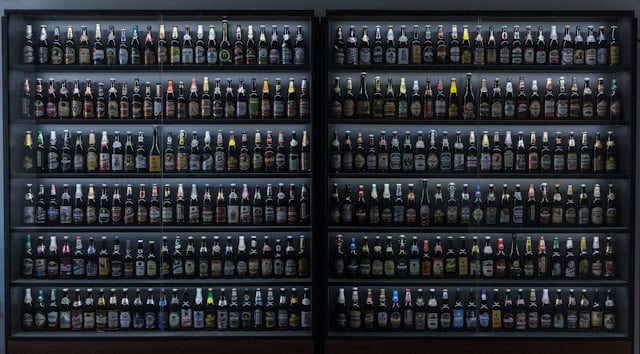A “Situation Room”, from a learning and development perspective, is a simulated situation or context that participants in workshops or development programmes can use to think through and explore new ideas, priorities and ways of working to further grow and develop. Summary by The World of Work Project
Situation Rooms
From a training and development perspective, a “situation room” is a designated space, simulated environment or specific set of contexts used to conduct realistic training exercises, simulations, or scenario-based learning.
The original launguage and approaches to situation rooms derives from organizations like the military and government, as well as other organizations involved in responding to crises or high pressured specific events. In this content, situation rooms are often full on simulations of crises events tht participants navigate and respond to as a learning activity.
When we use situation rooms in a learning and development setting, then tend to be much simpler than these situation rooms.
How we Use Situation Rooms
We typically use situation rooms to help client teams or participant groups explore how they would respond to different context that they may face. We find that these conversations about hypothetical situations help teams develop a shared understanding of their priorities, as well as helping them reflect on and prepare for future changes their organizations may need to adopt.
Examples of Situations we might explore include:
- As a leadership team, you’ve just been told you need to save 15% of your budget this year – how do you approach this and what do you do?
- As a leadership tean, you’ve just learned that your managing director is being seconded out to temporarily crisis-manage another team. They will not be back-filled, meaning you will need to be a self managed team. How will you respond and what will you do?
- As a leadership team, you’ve been informed of funding and support to open a new regional hub in a new, overseas location. How will you respond and what will you do?
- As a leadership team, you’ve been informed that two of your funded strategic compliance projects no longer need to be delivered and that the budget associated with them should be re-depoloyed. How will you respond and where will you spend the budget?
- You get the idea… Scenarios are typically designed based on the wider context of the teams we are supporting.
Outcomes
Situation rooms help teams explore important topics, develop and understanding of the processes they would use to navigate changes and help them reflect on what future outcomes they think are desirable for their teams.
As a result of undertaking situation rooms, teams typically feel more prepared for change, feel they have a greater sense of agency and feel they have a better understanding of the context they are operating in.
Learning More
We don’t have too much to add. Some of our articles on learning models might be helpful including ADDIE and Dick and Carey.
You might also enjoy some strategic models and tools including PESTLE, Mission and Vision statements, the VMOSA model, Porters Five Forces, the BCG 2×2 Matrix, SMART goals, the McKinsey 7S framework, and so on.
These tools are all really helpful, we just don’t cover them much as we’re more focused on the human side of things.
The World of Work Project View
We do some larger form situational and simulation based learning and think it’s excellent. Where we can bring elements of this type of really immersive and experiential learning to play in the work that we do, we do.
That said, it’s very time consuming and expensive to build out large simulations. Doing so involves some serious scenario design work, the creation of assets and media to support the situation and it often involves the use and training of actors. This is all great, but comes at a cost.
To find a half-way-house, we like to use simpler situation rooms which we think bring a lot of the benefit of immersive, contextually relevant and situationally focused learning, without the full investment required in complex simulated context learning.
How We Help Organizations
We provide leadership development programmes and consulting services to clients around the world to help them become high performing organizations that are great places to work. We receive great feedback, build meaningful and lasting relationships and provide reduced cost services where price is a barrier.
Learning more about who we are and what we do it easy: To hear from us, please join our mailing list. To ask about how we can help you or your organization, please contact us. To explore topics we care about, listen to our podcast. To attend a free seminar, please check out our eventbrite page.
We’re also considering creating a community for people interested in improving the world of work. If you’d like to be part of it, please contact us.
Sources and Feedback
We have no specific sources for this. Situation rooms are something that we use with some of our clients. If you think there should be a specific source cited for this, please do let us know.
We’re a small organization who know we make mistakes and want to improve them. Please contact us with any feedback you have on this post. We’ll usually reply within 72 hours.






